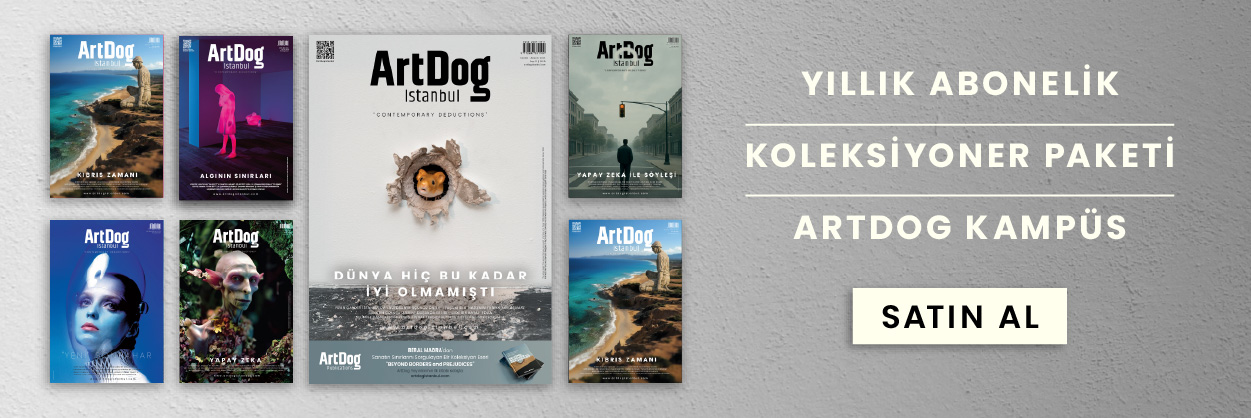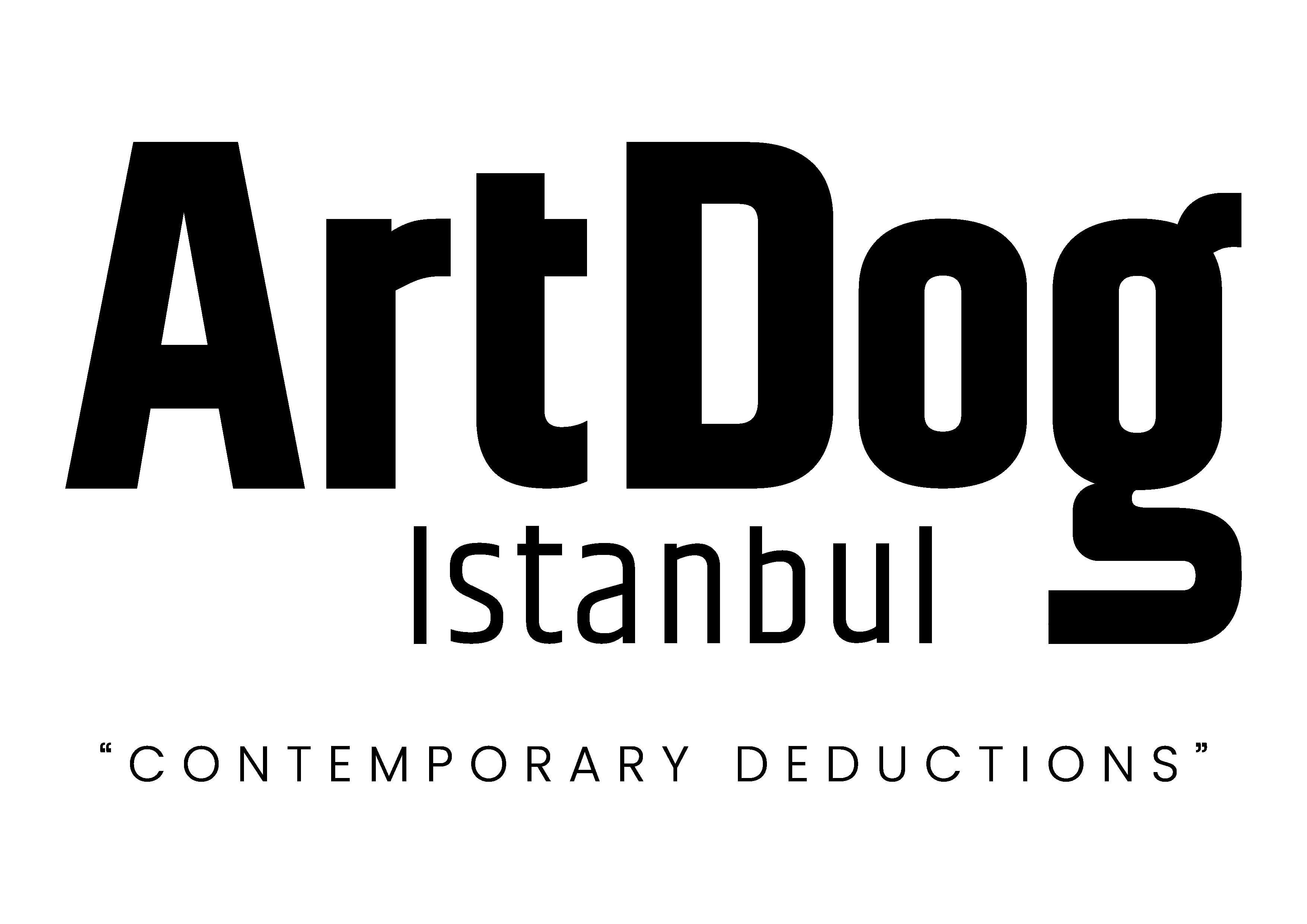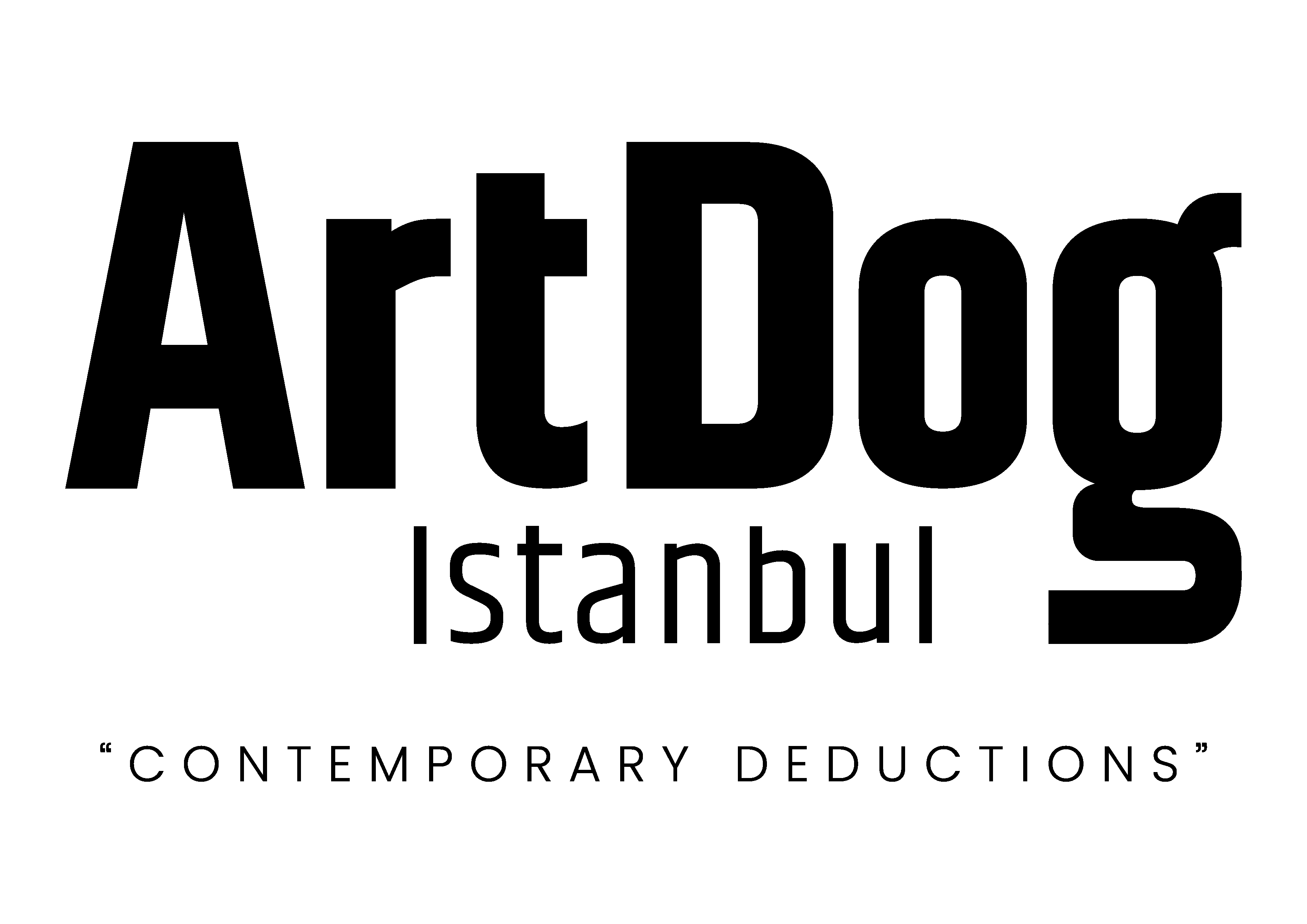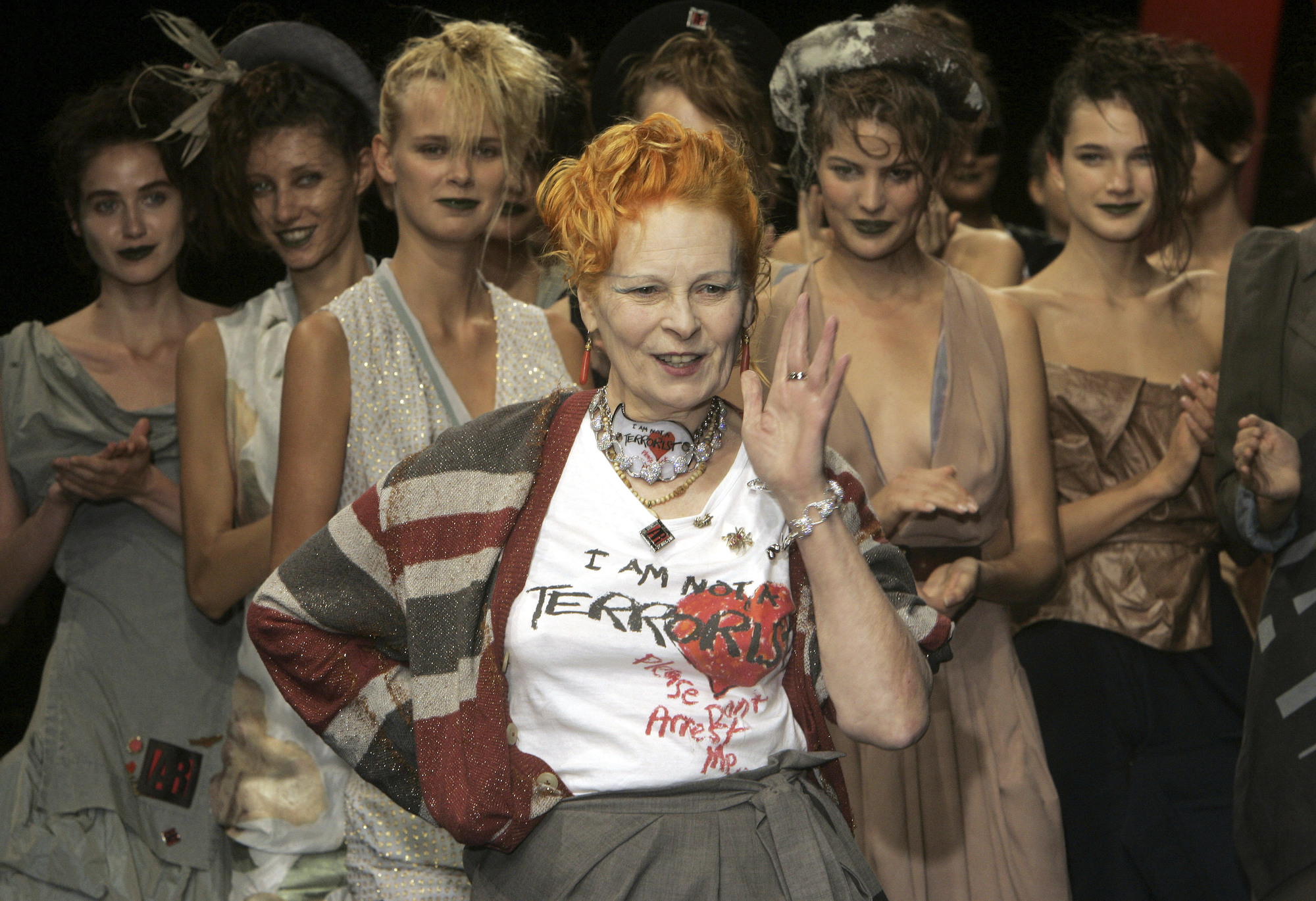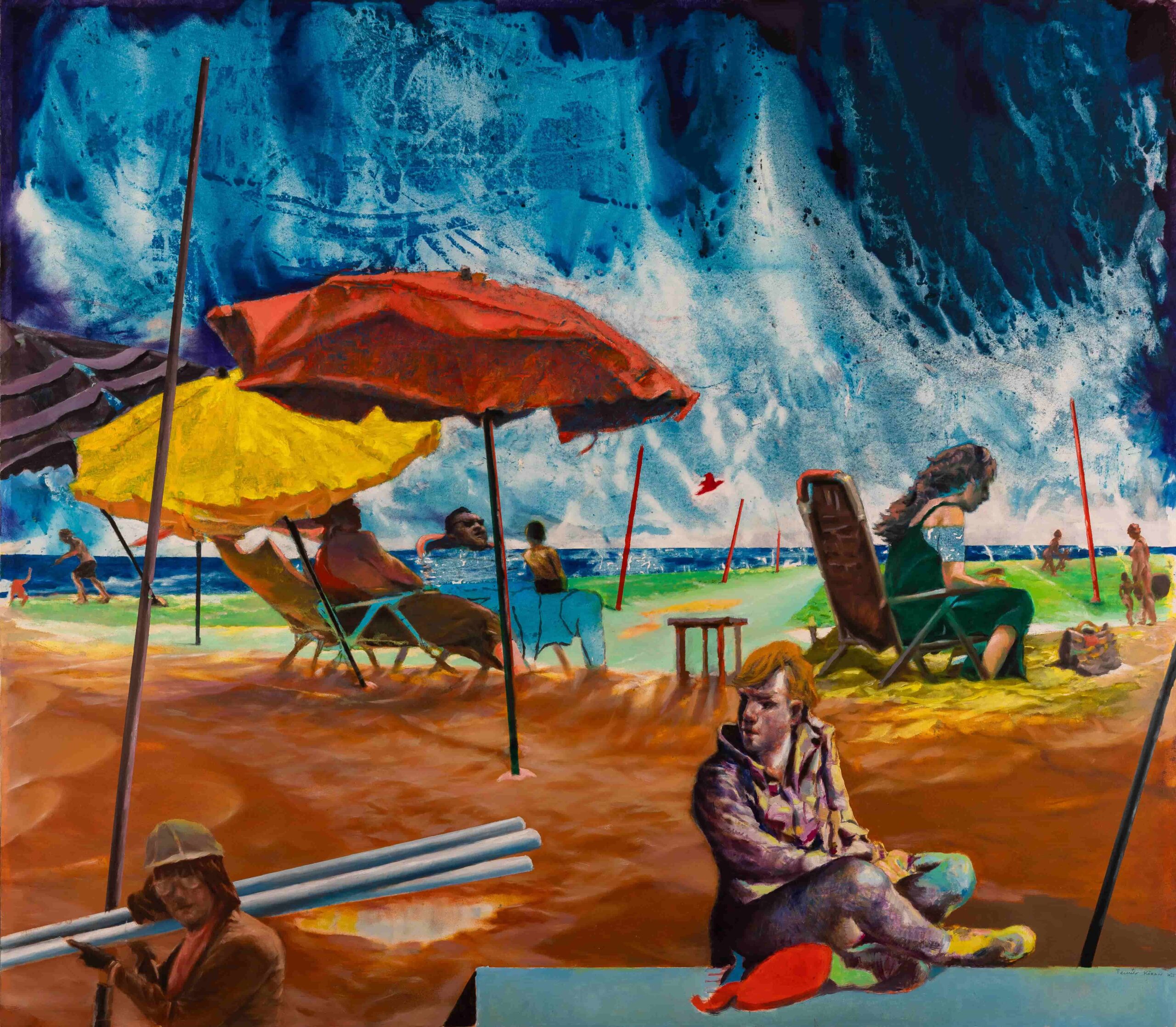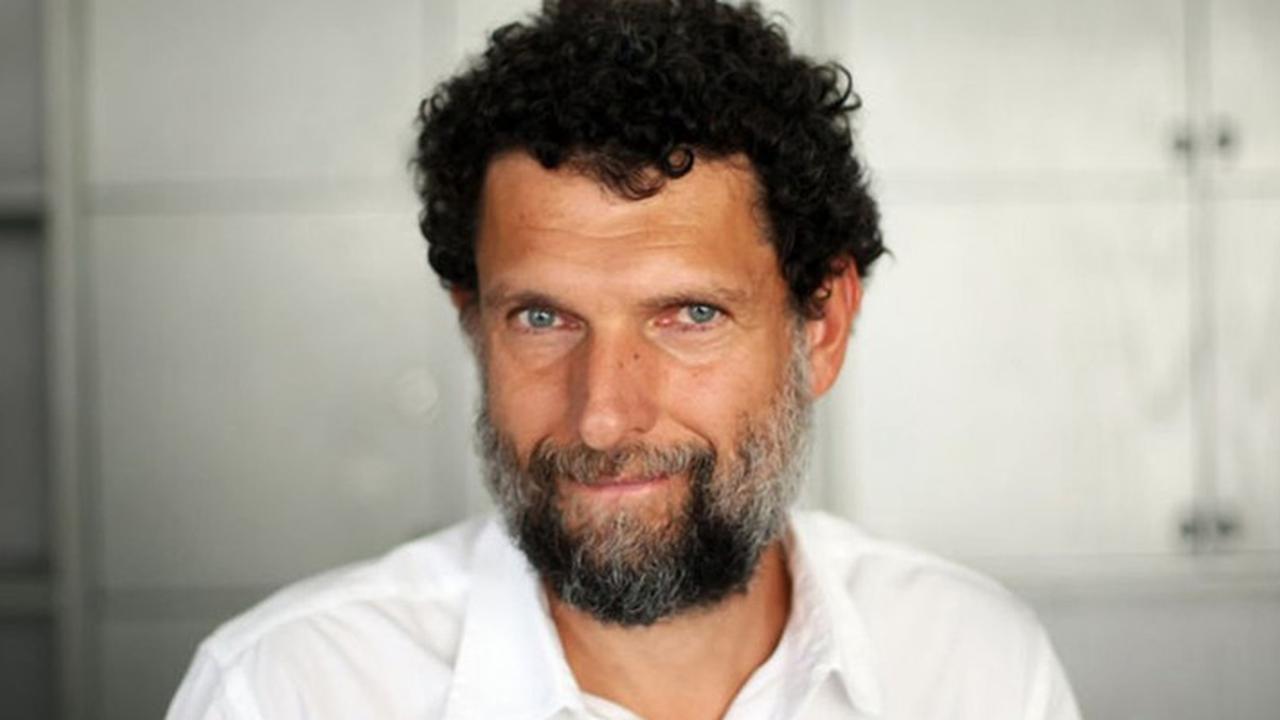Vivienne Westwood has significantly impacted the fashion world since the 1970s. Her impact is not just on the clothes she showcased on the runway, but what made her truly special was her strong anarchist soul, opposing opinions about the capitalist consumer culture, and how she spent her life to make political statements through her fashion designer identity. As one of the first voices of the punk movement, Westwood was more than just a designer; she was also an artist and an activist. During her career, she spoke out against buying too much and encouraged people to “Buy less, choose well, make it last.” With her designs’ rebellious ideas and political messages, she turned fashion into a kind of protest and a call for change.
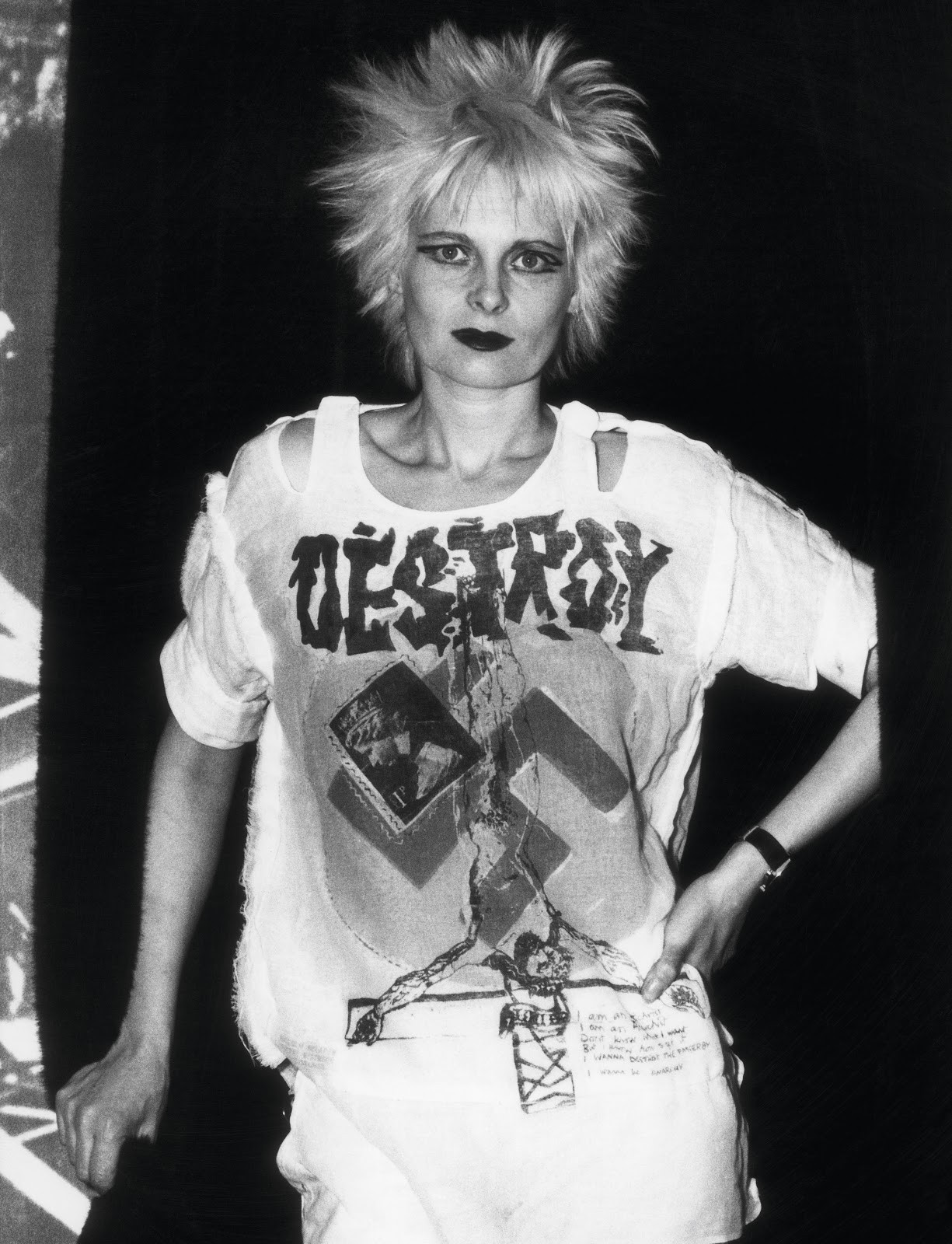
A Fashion Revolution Rooted in Punk and Anarchy
Westwood’s journey in fashion started with the punk movement that began in London in the early 1970s. After her divorce, she met Malcolm McLaren. Together, they opened a shop at 430 King’s Road, soon becoming an underground culture center. In 1974, they renamed the store “SEX,” where they sold leather outfits, chains, safety pins, torn sweaters, and t-shirts with bold and shocking messages that would become her fashion industry statements. Famous punk bands like the Sex Pistols wore Westwood’s designs and became symbols of the designs. Westwood once said, “During punk, I didn’t think of myself as a fashion designer. I used fashion to show my rebellion.” Her 1977 “Destroy” t-shirt, with a big red swastika, an upside-down cross, the word “DESTROY,” and Sex Pistols lyrics, made a strong statement against the dictators and old values. Through this design, she criticized figures like Chilean dictator Augusto Pinochet and sent a clear message stating that she is not accepting their values or their rules and she thinks all of them are fascists. Her activism and bold movements helped start a radical youth movement through fashion.
A Fashion Philosophy Intertwined with Art and History
By the 1980s, Westwood begins to integrate high art and history with her rebellious spirit. Moving beyond the punk era, which holds aggression, she started using more subtle but equally impactful forms of expression. She loved art and different cultures and that drove her to design by using them also. Historical references became a hallmark of her designs, she used the inspiration from the past to create original and visionary styles. Her first professional runway show, the 1981 “Pirate” collection co-designed with McLaren, featured billowing trousers, striped fabrics, and draped pirate shirts inspired by the 17th and 18th centuries, which introduced a new aesthetic to the fashion world. This “New Romantic” look was introduced to the mainstream culture via the New Wave music scene, which helped Westwood express her provocation in a new way.
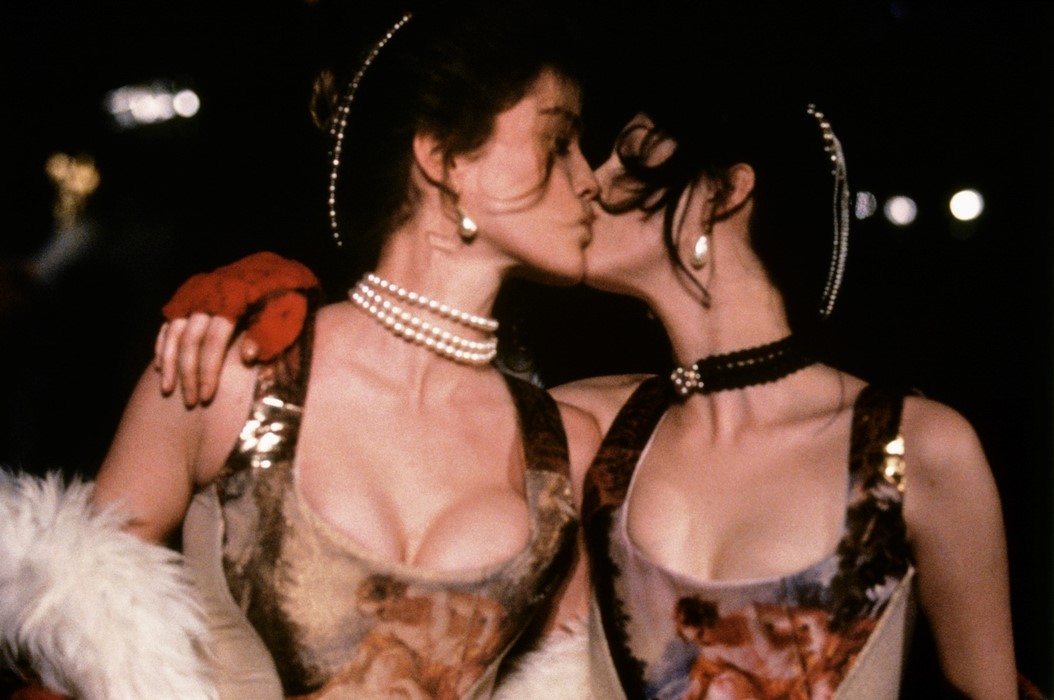
Her 1990 “Portrait” collection printed a François Boucher Rococo painting onto a satin corset, transforming lingerie into wearable art and blurring the line between fashion and painting while challenging the conventional boundaries of clothings and where to wear them. The appearance in mainstream media of images showing Denis Lewis and Susie Bick wearing the corset and kissing each other created a visual representation of Westwood’s anarchist persona, by merging a traditional piece of clothing with provocative sexuality.
In the “Active Resistance” issue of Dazed & Confused magazine in 2008, which she guest-edited, she urged young people to engage with high culture like art and resist propaganda. In her hands, a Victorian corset could become a political banner. Westwood turned each runway into a conceptual performance by creating a daring dialogue between fashion and art. In 2008, Vivienne Westwood was the guest editor of a special issue of Dazed & Confused magazine called “Active Resistance.” She encouraged young people to explore high culture like art and not believe every propaganda they see in the media in her special issue of hers.
Art and History On The Runways and Streets
Throughout her career, Westwood presented collections that defied the norms while getting help from art and history. Her 1985 Spring/Summer “Mini-Crini” collection combined the voluminous Victorian crinoline with the 1960s mini skirt, resulting in a provocative, humorous silhouette. This bell-shaped, ultra-short crinoline referenced 19th-century fashion while challenging it. In her 1987 “Harris Tweed” collection, she constructed traditional British wool with cuts, while her 1993 “Anglomania” line satirically merged English and French fashion history. Westwood’s shows were known for their theatrical creativity. For example in 1993, supermodel Naomi Campbell fell while walking in 25 cm-high platform heels, creating one of the most unforgettable moments in fashion history. These bold gestures turned each Westwood collection into a mini-revolution.
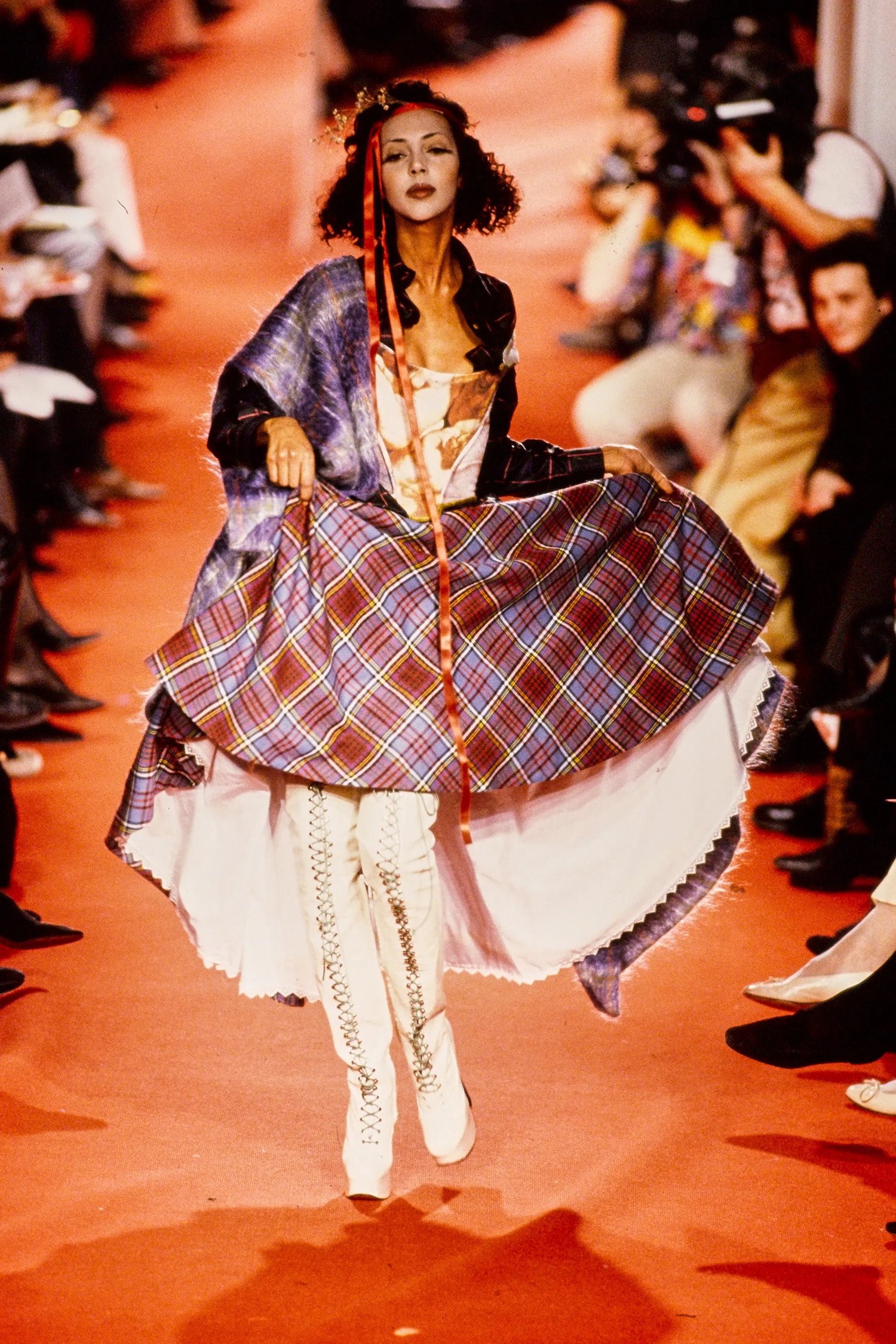
Westwood didn’t just affect elites withe her designs which only seen on the runways but her works also merged with the street culture. In 1970s London, young people who adopted the punk aesthetic wore ripped t-shirts, plaid bondage trousers, and safety-pinned leather jackets bought from SEX. Punk was not just a musical genre but a visual language where Westwood played a big role. When the Sex Pistols wore her designs on stage, punk fashion went global. Westwood blurred the lines between high fashion and streetwear, she encouraged young people to resist obedience through clothes. In Japan, subcultures like Harajuku, Lolita, and neo-punk were heavily influenced by Westwood’s aesthetic. Even today, many streetwear trends, from slogan tees to distressed pieces, we still can see Westwood’s rebellion.
“Buy Less”: A Rebellion Against Consumer Culture
In the later stages of her career, Westwood became one of the most outspoken critics of the fashion industry’s obsession with consumption. She took a strong stance against fast fashion. Her motto, “Buy Less, Choose Well, Make It Last,” became a manifesto for her followers. “Quality, not quantity. People buy too many clothes,” she insisted, criticising the side of fashion that serves capitalism. After a 2013 London Fashion Week show, she remarked that although she could afford many things, people with limited means should resist buying cheap, unnecessary items: “Instead of buying six things, just buy one you really love.”
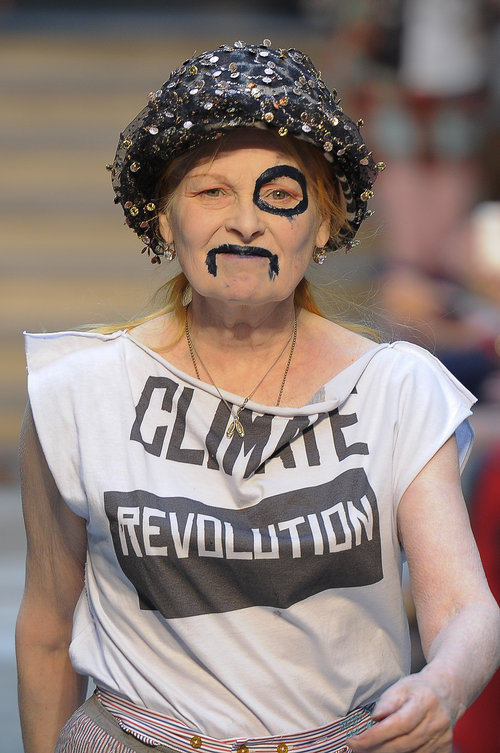
Westwood’s activism extended well beyond the issue of consumerism. Her philosophy of “buy less” was also for the planet. In her brand’s sustainability manifesto, she declared, “Fashion mostly creates instant garbage,” emphasizing the industry’s planetary impact. In 2012, during the closing ceremony of the London Paralympics, she appeared in an “eco-warrior” outfit, and walked infront of a massive “CLIMATE REVOLUTION” flag for a public call to action. Following the performance, she declared, “Climate revolution is the ultimate revolution, if we don’t win it, there will be hardly anyone left.” She also collaborated with Greenpeace, joining Arctic preservation campaigns and designing the “Save the Arctic” logo in 2013. In 2015, she launched a global campaign against industrial hunting and drilling in the Arctic. In 2015, she escalated her activism by driving a white tank to Cameron’s country home, staging a symbolic “chemical attack” against the government’s policies. “Cameron is forcing toxic chemicals on his people… it’s time for regime change in Britain,” she declared. These were just a few of the things she did about this topic.
Vivienne Westwood showed same commitment to human rights as she did to environmental issues. In 2005, she responded to the UK government’s harsh anti-terrorism legislation by using her design skills to advocate for civil liberties. That year, she created a provocative pink t-shirt emblazoned with the slogan “I AM NOT A TERRORIST, please don’t arrest me.” The piece was a direct response to the July 7, 2005 London bombings, particularly the fatal shooting of Jean Charles de Menezes, who was mistakenly identified as a terrorist. Westwood launched the shirt in collaboration with the human rights organization Liberty and donated all proceeds to support civil rights advocacy. She declared, “We can only guarantee democracy by protecting our freedom.”
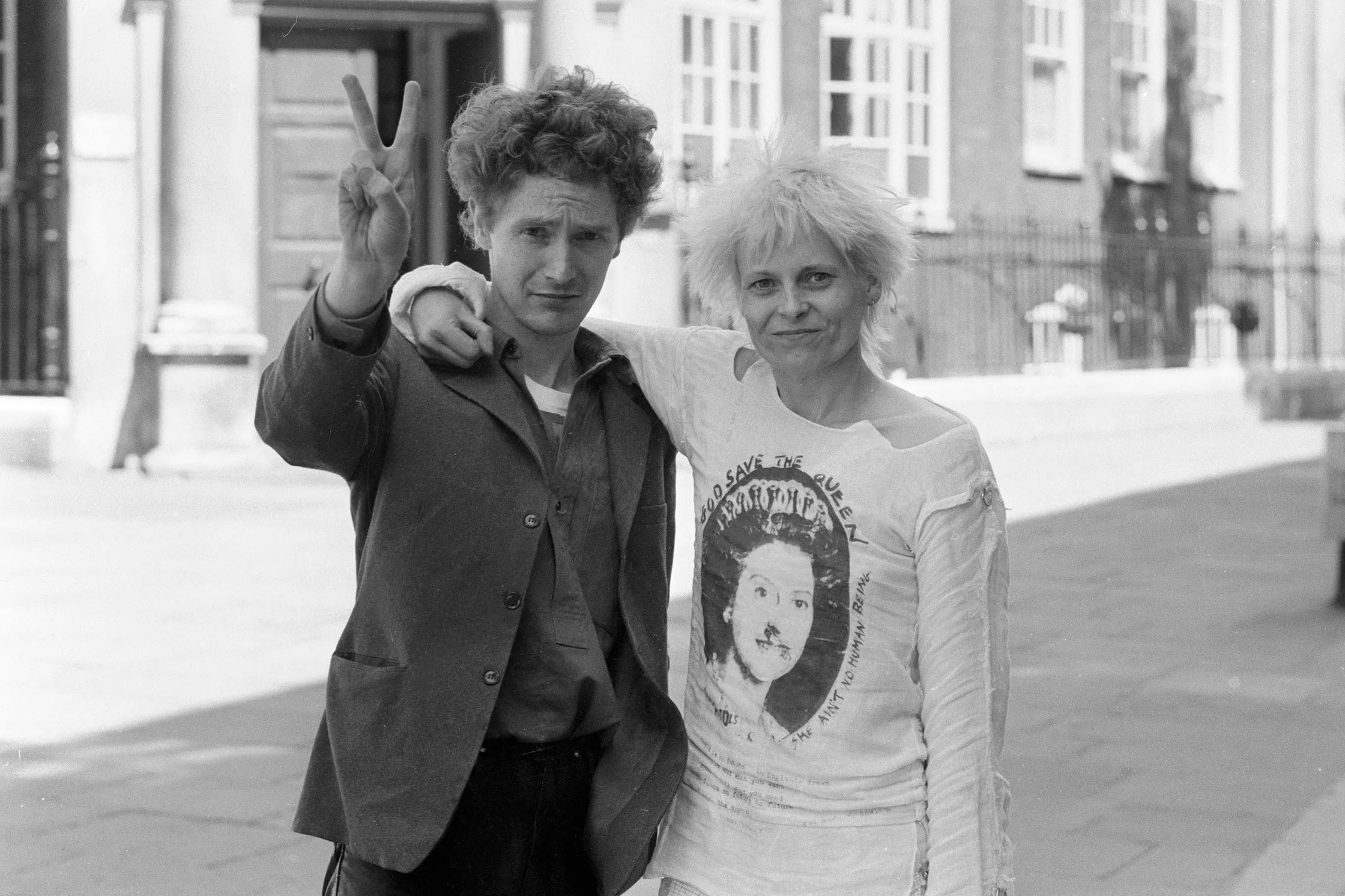
Among her most daring early designs was pieces including a t-shirt from the 1970s punk era that featured a portrait of Queen Elizabeth II with a giant safety pin through her lip and her iconic “God Save the Queen” slogan, became symbols of youthful defiance against royal authority.
In 1992, when she was awarded an OBE (Order of the British Empire) by the Queen, she made headlines for appearing at the ceremony without underwear, spinning for photographers and defying royal protocol. In 2014, she publicly supported the Scottish independence campaign, incorporating political messaging into her London Fashion Week show by pinning “YES” badges in reference to the Scottish referendum on her models and wearing one herself on the runway. In a later interview, she boldly declared, “I hate England. I love Scotland, because they are more democratic than we are.”
She also supported numerous civil society initiatives, took a clear anti-war stance, participating in protests against the Iraq War, spoke out against militarism. For Westwood, fashion was never detached from global issues and she used it as a vehicle for protest.
A Critical Manifesto: Active Resistance to Propaganda
In 2009, Vivienne Westwood launched her Active Resistance to Propaganda manifesto that showed her fashion philosophy was not only about aestheticsbut also had an intellectual aims. The manifesto said that today’s culture is too superficial and that too much shopping stops people from thinking deeply. Westwood believed that int he modern world individuals had become passive figures,distant from the lart and philosophy and easy to got manipulated by the propagandas. As she said “People today don’t even know what culture means. Culture is not just going to the opera once a year. It’s a way of thinking, it’s an intellectual stance against stupidity.” Westwood’s manifesto was more than a statement about her fashion ideas but it was an active protest and call for awakening.
The Active Resistance manifesto was the main ideas of her lifelong intellectual and political struggle. She called on individuals to become “active subjects” and believed that only those who are willing to learn to art, literature, philosophy, history, nature, and science can claim true freedom. “Get a life. Read art, literature, history, study nature, and change the world.”she said.
For her, fashion was not just a product but it also is her ideas in a shape. Every design of hers had a message. She talked about her vision in a 2010 interview with Dazed & Confused: “My shows are never about fashion. They are about ideas. I’m not dressing people to make them look nice. I want them to think when they wear my clothes.” Her approach made fashion a way of making art through its intellectual and political depth. Art, for her, was not about decoration but subversion. In a 2007 interview, she said “Art should never be decorative. It should be subversive and political. If fashion is only about looking pretty, it’s boring. I want to disturb people.”
Westwood’s manifesto was more than a statement about her fashion ideas but it was an active protest and call for awakening.
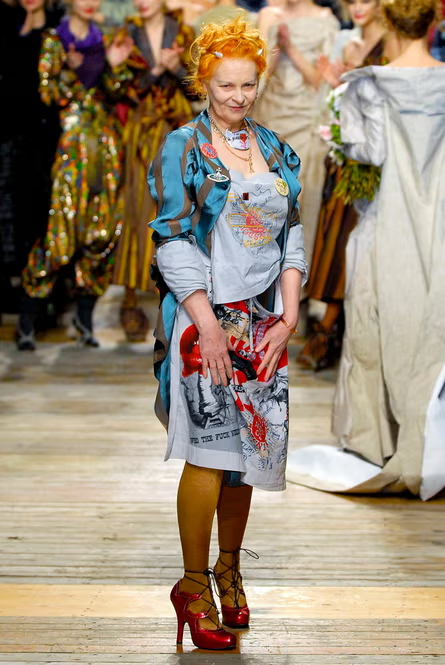
Westwood’s runway shows were staged more like theatrical performances rather than conventional fashion displays. In her Fall/Winter 2005 show, models walked with death masks on their faces, a haunting portrayal of how consumerism was leading both humanity and the planet toward destruction. In 2008’s “Propaganda” collection, she filled the runway with historical and artistic references such as models in Marie Antoinette silhouettes which symbolised the downfall of aristocratic excess.
Her famous declaration summarizes her position on the relationship between fashion and art “Fashion can be art, but only when it speaks. And I want my clothes to scream.” By saying this, she admits that not every fashion designer is an artist and not every fashion piece is art but she is an artist and her works are art.
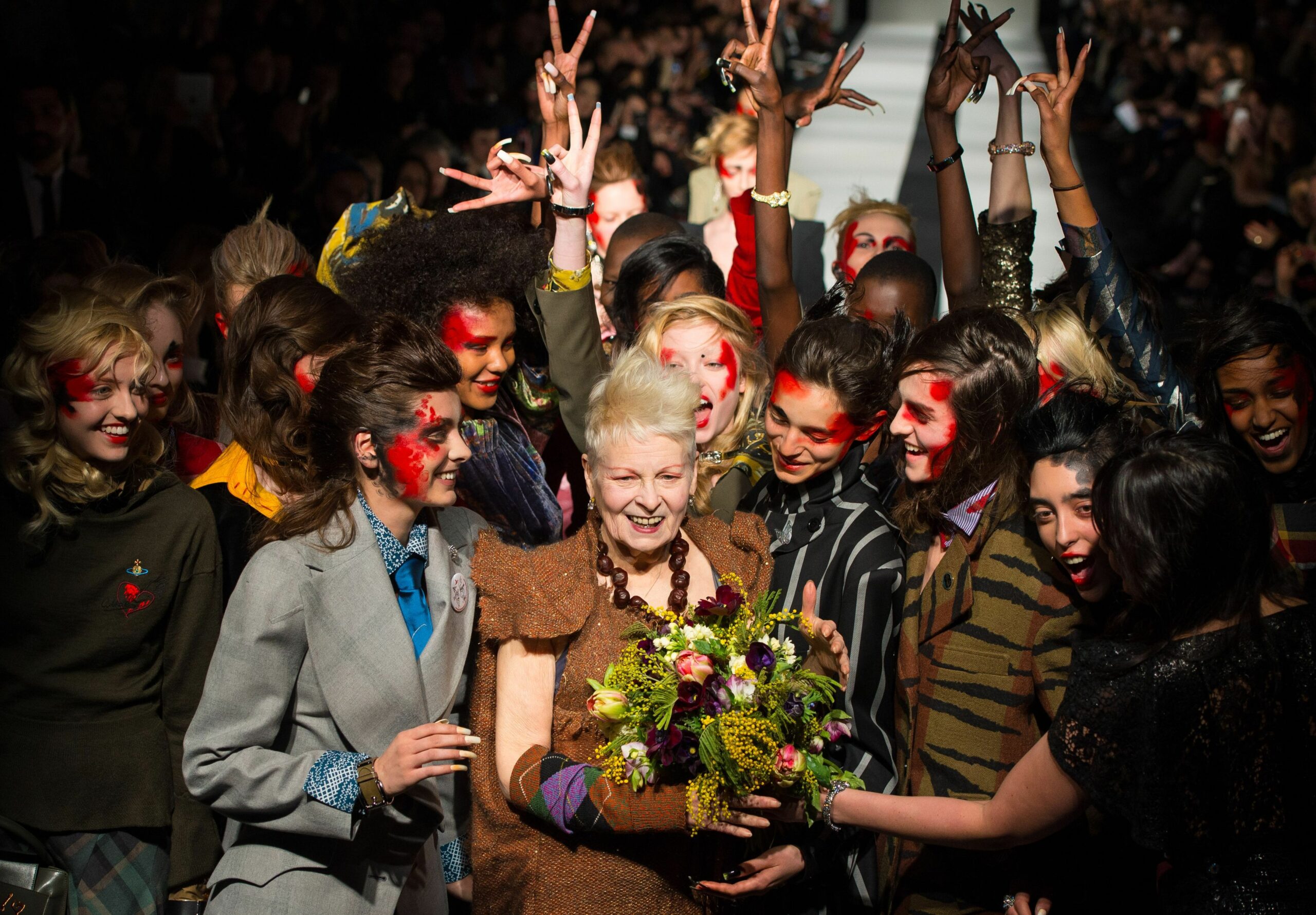
Vivienne Westwood will be remembered as more than one of the most influential figures in contemporary fashion. Her unique way of merging art and activism has earned her a lasting place in cultural history. From the runway to the streets, she redefined fashion as a tool for raising awareness and inspiring action. Her motto “Buy less, choose well” started today’s sustainability movements, while her punk way of freedom call continues to inspire new generations of designers and activists. When Westwood passed away at the age of 81 in 2022, she left behind not just iconic art pieces but a conscious lifestyle and a radical effort for turning fashion into a vehicle for resistance. Her story delivers a powerful message to young readers: when creativity meets courage, history, and art, fashion becomes a canvas for expression, a transformative art form capable of shaping society and inspiring change.

